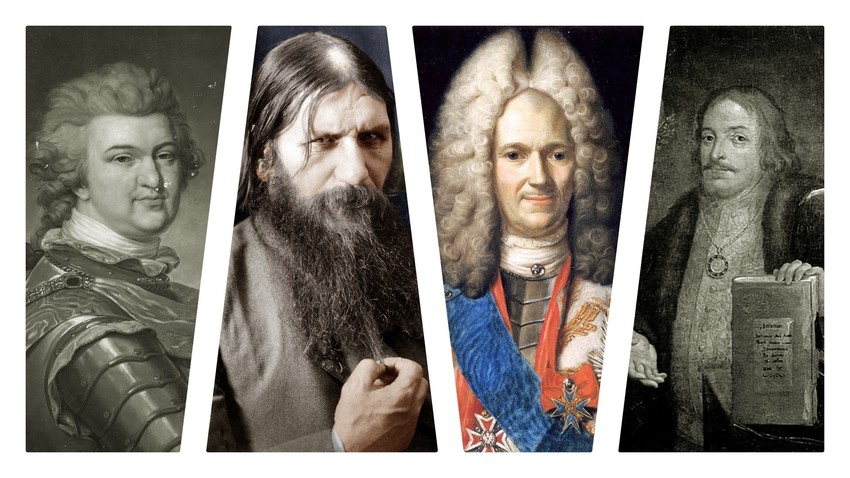
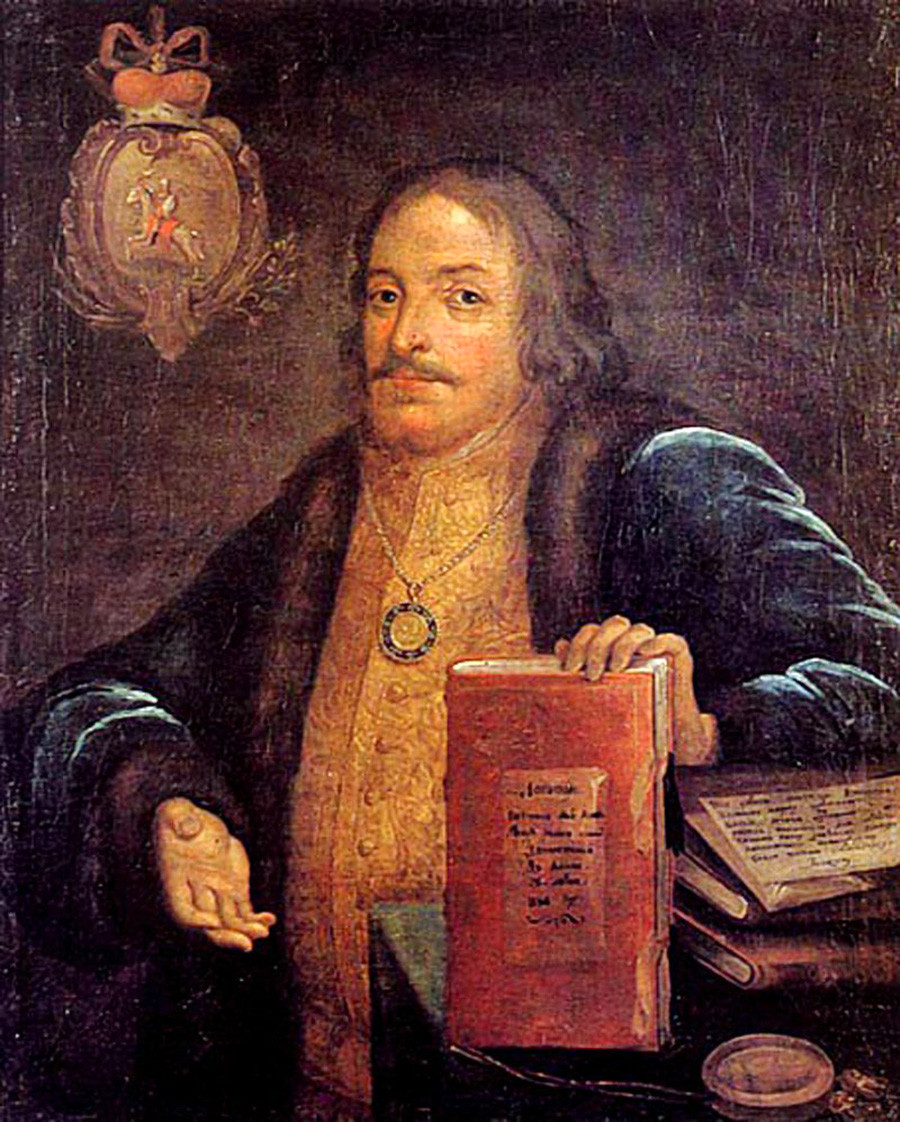
Prince Vasiliy Golitsyn
Public domainPrince Vasiliy Golitsyn (1643-1714) was considered the favorite of Tsarevna (Princess) Sophia (1657-1704), Regent of Russia in 1682-1689. Golitsyn, an offspring of an ancient Russian Boyar family, and a born Rurikid, came to power during the reign of Tsar Fyodor (1661-1682), which lasted from 1676 to 1682. Golitsyn was a war commander, and the head of Pushkarsky Prikaz (Gunsmith Department) of the state of Moscow.
When Sophia came to the throne and the Regent for her younger brothers Ivan and Peter, Golitsyn’s career skyrocketed – he also became the Keeper of the Great Seal of Muscovy and the head of Foreign Affairs – in fact, Golitsyn headed the state of Moscow’s government.
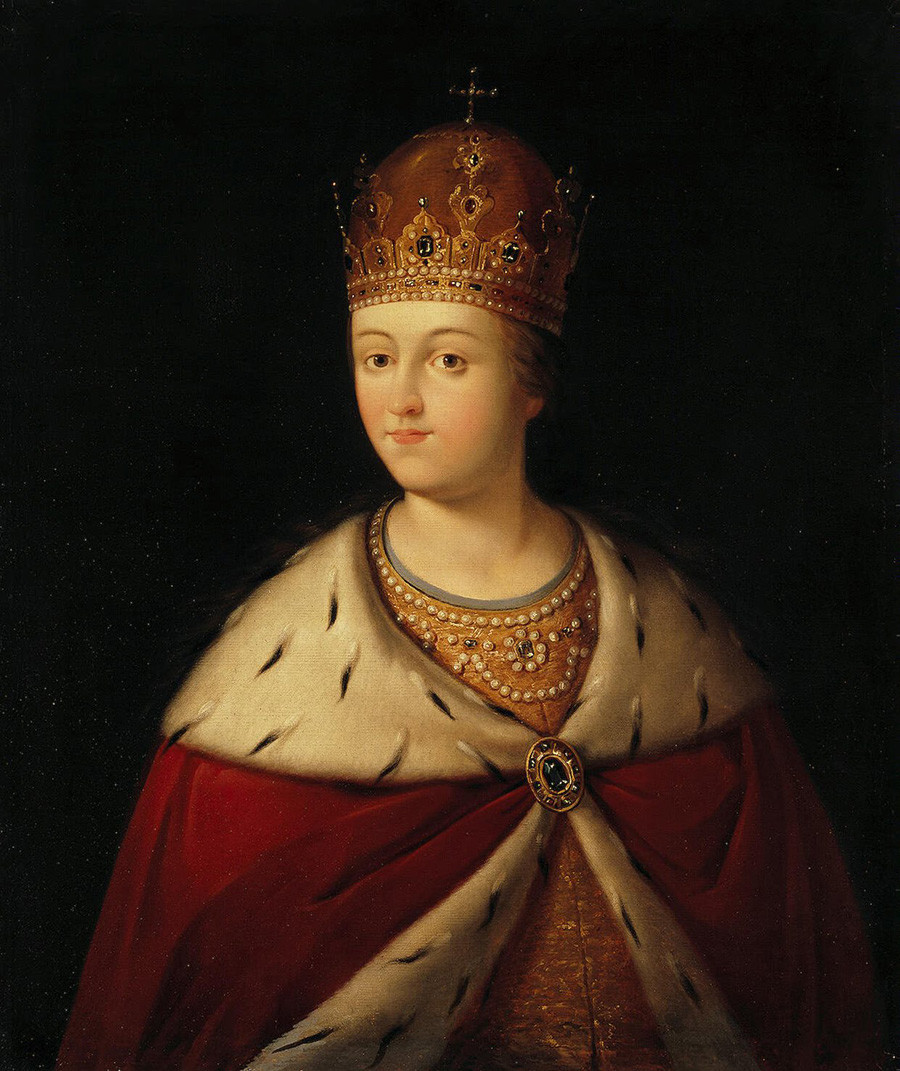
Portrait of Sophia Alekseyevna of Russia
Hermitage MuseumVasiliy Golitsyn led an European way of life, he spoke Latin and his house in Moscow could rival the palaces of the Kremlin in its magnificence. However, there is no evidence of Golitsyn and Sophia having any sexual relations – in public, their interactions remained strictly formal. However, there are ciphered letters to Golitsyn from Sophia, dating back to 1689, when Golitsyn was at war, in the Crimea campaign. “Light of mine, my brother Vasenka… I couldn’t even believe you would finally return, only then will I have faith, as I will see you, my light, in my arms…” Anyway, the relations between Sophia and Vasiliy must have been very close.
In 1689, after Peter I took the power from Sophia, Vasiliy Golitsyn and his family were exiled to Northern Russia, where Vasiliy died in 1714.
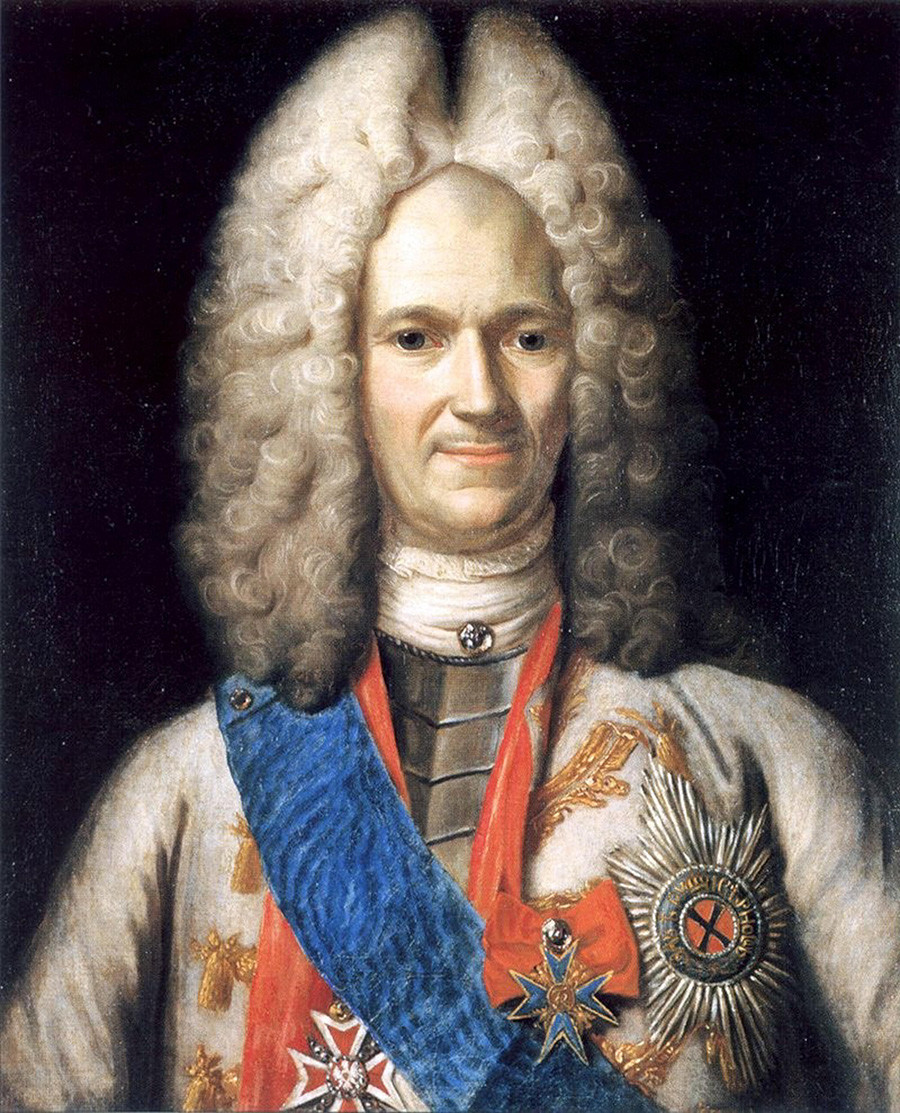
Aleksander Menshikov. Circa 1716-1720
Legion MediaAlexander Menshikov (1673-1729) apparently came from the lower classes of Russian society. Despite becoming a Count and a Prince later in life, and in fact, ruling the country during the reign of Catherine I (1684-1727), Peter the Great’s wife, Menshikov never learned to write. All of his letters were written by clerks.
Not much is known about Menshikov’s early life – his biography starts in 1687, when at 14, he became an orderly of young Peter the Great. Menshikov accompanied Peter in all his endeavours, helped him organize his Toy Army and eagerly took part in all maneuvers. Menshikov was at Peter’s side during the Azov campaign of 1695-1696, and in his Great Embassy to Europe (1697-1698). During the battles of the Great Northern War, Alexander Menshikov’s military prowess and bravery earned him princely status and a general’s rank.
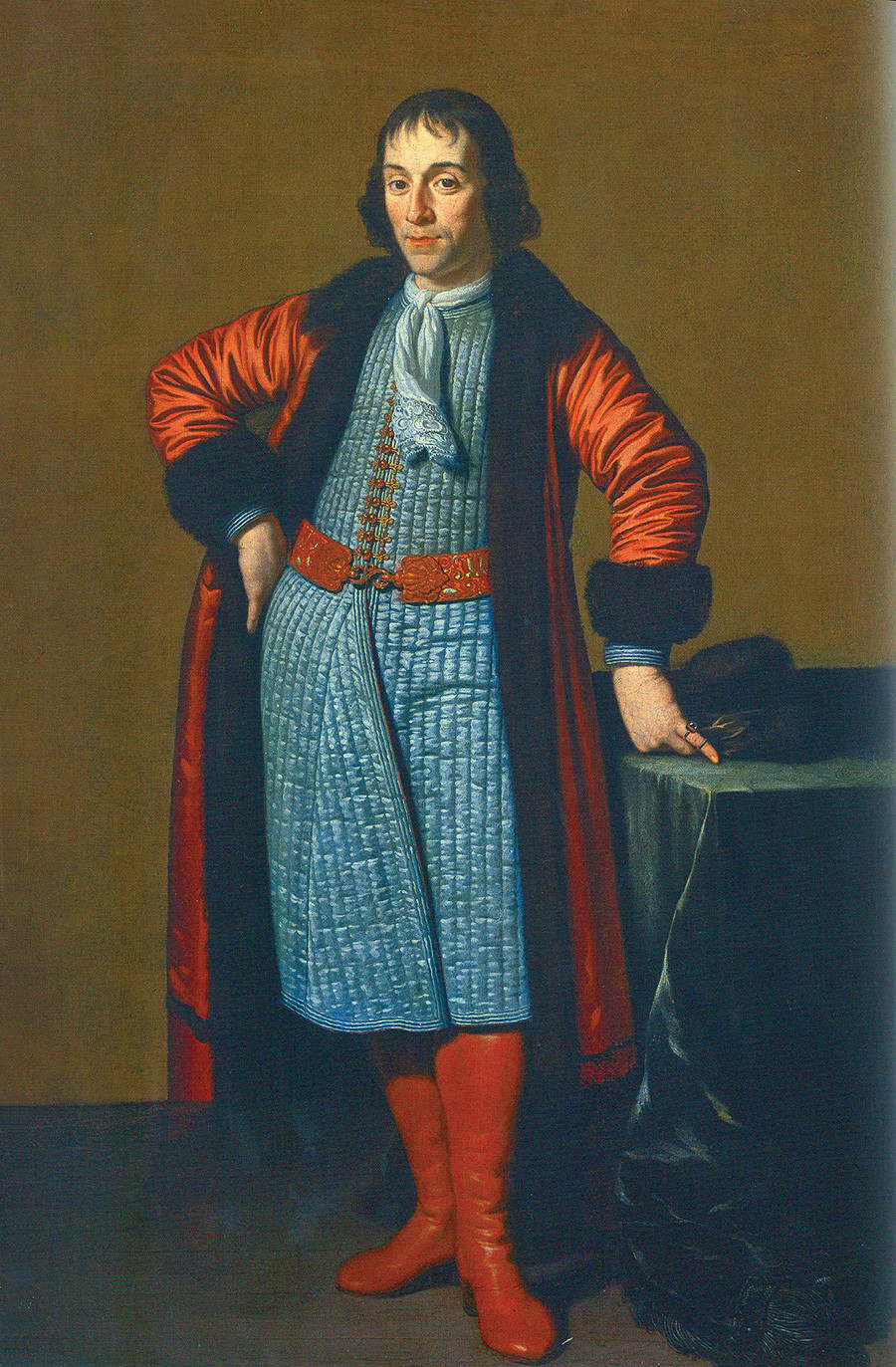
Portrait of Aleksandr Menshikov painted in Holland during Grand Embassy of Peter the Great by Michiel van Musscher.
Collection of Y. Weisman, MunichMenshikov controlled a lot of Peter’s correspondence, was his ‘chief of staff’ and a close aide. This allowed Menshikov to take exorbitant bribes and engage in large-scale corruption schemes. Peter knew of this, but for him Menshikov was irreplaceable. “Justice demands that both his crimes and the services he has rendered to the fatherland and the sovereign should be weighed,” Peter said of Menshikov, who, by the time of Peter’s death, controlled the War Collegium of Russia and was General Governor of St. Petersburg.
After Peter’s death, Menshikov was the main force behind proclaiming his wife Catherine the next Russian Empress. For two years, Menshikov, in fact, ruled the country, before being deposed from his posts and exiled in 1727, after Catherine’s death. Alexander Menshikov died in Siberia, in the town of Beryozov, in 1729.
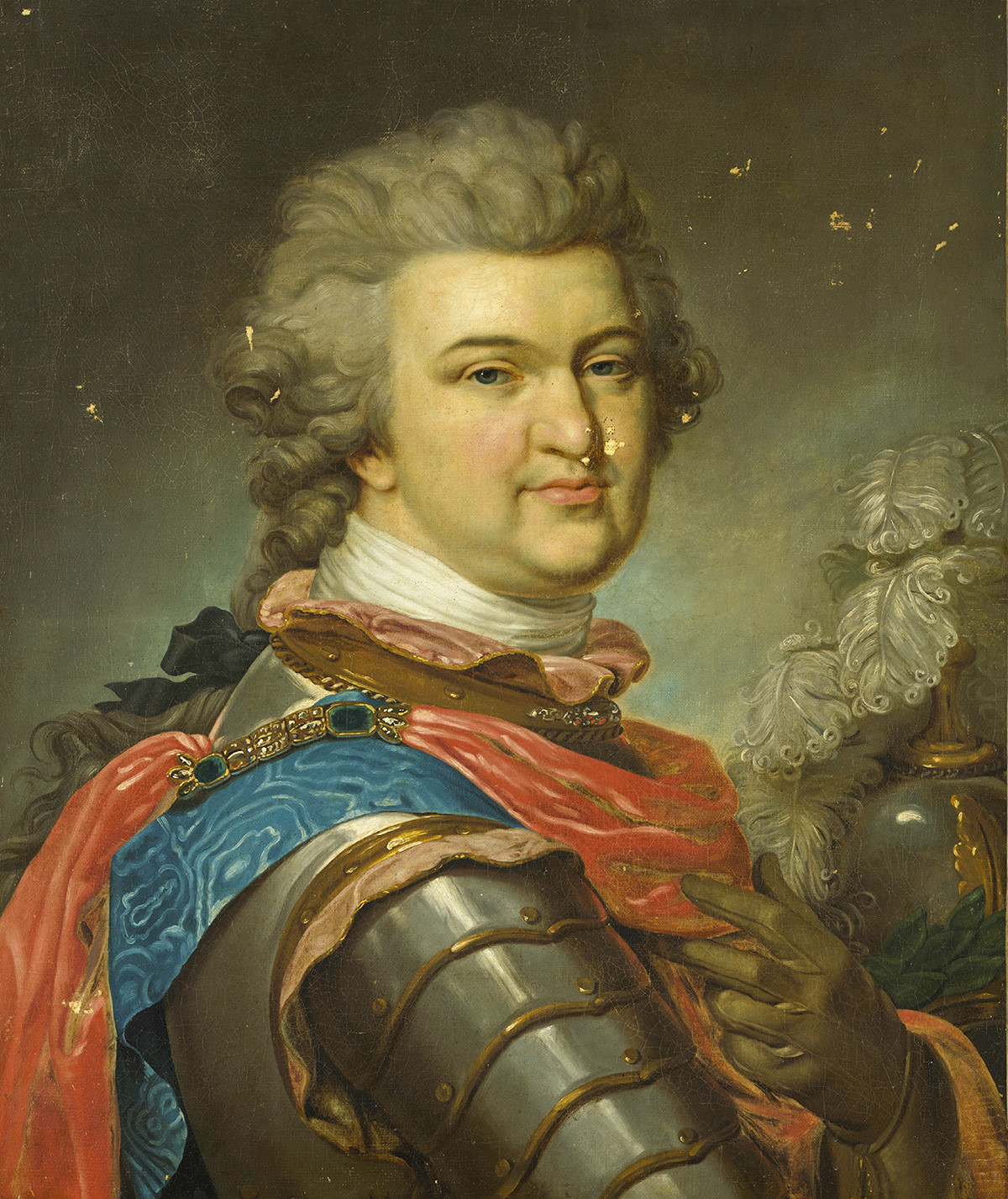
Prince Grigory Alexandrovich Potyomkin (1739-1791), circa 1790. Found in the collection of State Hermitage, St. Petersburg.
Getty ImagesGrigoriy Potemkin drew the attention of Catherine II by accident, during the coup d'etat of 1762 which made Catherine the Russian Empress. Potemkin was then made a valet at the Imperial court, but didn’t become Catherine’s favorite until the mid-1770s, when the Empress started exchanging letters with him.
Potemkin proved his military skills and bravery in the Russian-Turkish war of 1768-1774 and in 1774, he became a general. By then he was the closest person to Catherine II. There were even rumors about Catherine and Grigoriy’s secret marriage. Politically, Potemkin’s main function and mission was to control the territories of Novorossiya (today, partly Russia, partly Ukraine) and to conquer the Crimea from the Crimean Khanate.
Even after falling out as Catherine II’s favorite, Potemkin kept close correspondence with the Empress concerning his governing of Novorossiya and the Crimea, which were made part of the Russian Empire in 1783. Potemkin also supervised a vast military reform that improved formations and lightened the uniforms of Russian soldiers.
Potemkin died suddenly of fever in a Moldavian steppe in 1791. Catherine was devastated upon learning about his death: “My student, my friend, one might say, my idol, Prince Potemkin has died!”

Grigoriy Rasputin
Apic/Getty ImagesContrary to the rumors that circulated in Russian society of the early 20th century, a monk and a healer Grigoriy Rasputin (1869-1916) wasn’t the favorite of Empress Alexandra Fyodorovna, Nicholas II’s wife. Rasputin was first introduced to the Imperial couple in 1905. By then, it became apparent that official medical science has no cure for the devastating disease the Tsar’s one year-old son and heir, Tsarevich Alexey, had – haemophilia, a disease that prevents blood from clotting properly and could lead to sudden death. Grigoriy Rasputin, who presented himself as a folk healer, promised he could help the heir.
In 1907, Rasputin had the first chance to show his skill. Rasputin was able to stop a haemophilic crisis (internal bleeding) in 3 year-old Alexey just by standing beside his bed and praying. Grand Prince Kirill Vladimirovich, Nicholas II’s cousin, witnessed: “When Rasputin was brought to the bed of my ill nephew, Rasputin was able to stop the internal bleeding and save the child from excruciating pain.”
Rasputin didn’t frequent the Tsar’s palace – according to the information from the head of the Winter Palace’s security, Grigoriy visited “once in a month or two,” while Tsar Nicholas met Rasputin even less often, two or three times a year. Rasputin corresponded closely with Empress Alexandra Fyodorovna, who called the monk “our Friend,” but there are no accounts of any private communications between Rasputin and the Empress – it is known, though, that Rasputin was also able to soothe the Empress’s hysterical bouts.
Rasputin wasn’t involved in politics or decision-making on behalf of the Tsar, as many rumors stated at the time – he simply wasn’t allowed into the Tsar’s close circles. However, it is known that Rasputin strongly advocated peacekeeping and was firmly opposed to Russia engaging in WWI. Rasputin prophesied that the war would bring an end to the Russian Empire, as indeed it did.
In anti-Tsarist propaganda of the last years of the Empire, Rasputin came to represent the ‘evil monk’ that negatively influenced the Tsar’s family. He was eventually killed on December 17th, 1916, by Prince Felix Yusupov and his aides, including Grand Prince Dmitry Pavlovich, the Tsar’s cousin.
If using any of Russia Beyond's content, partly or in full, always provide an active hyperlink to the original material.
Subscribe
to our newsletter!
Get the week's best stories straight to your inbox